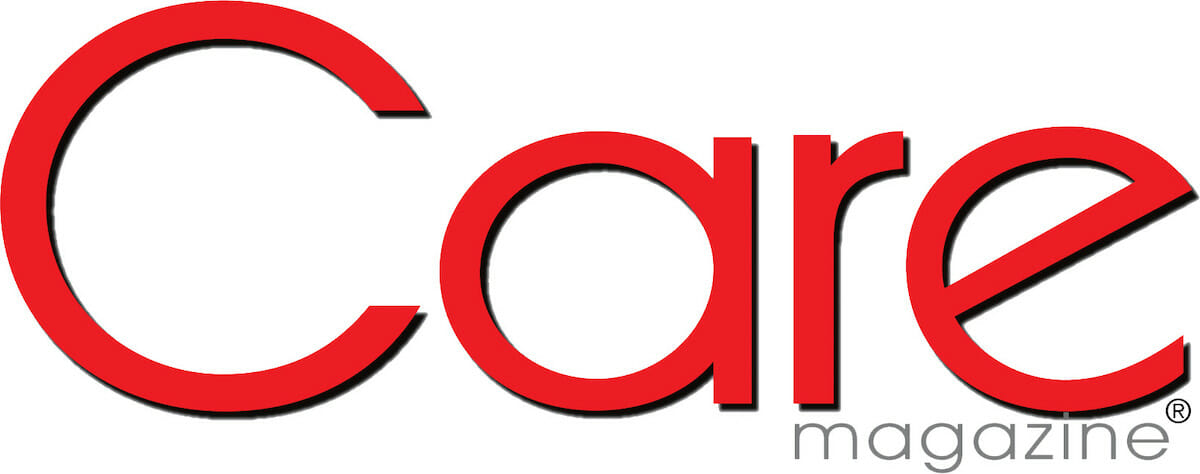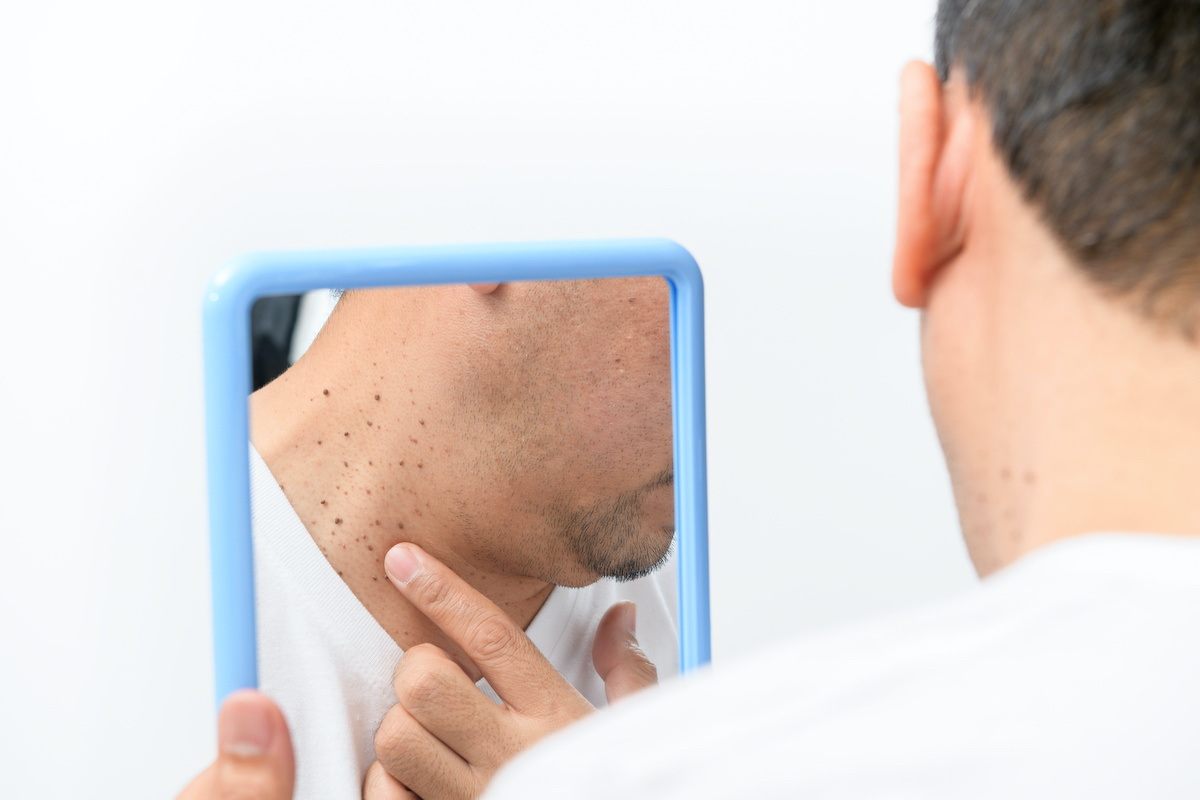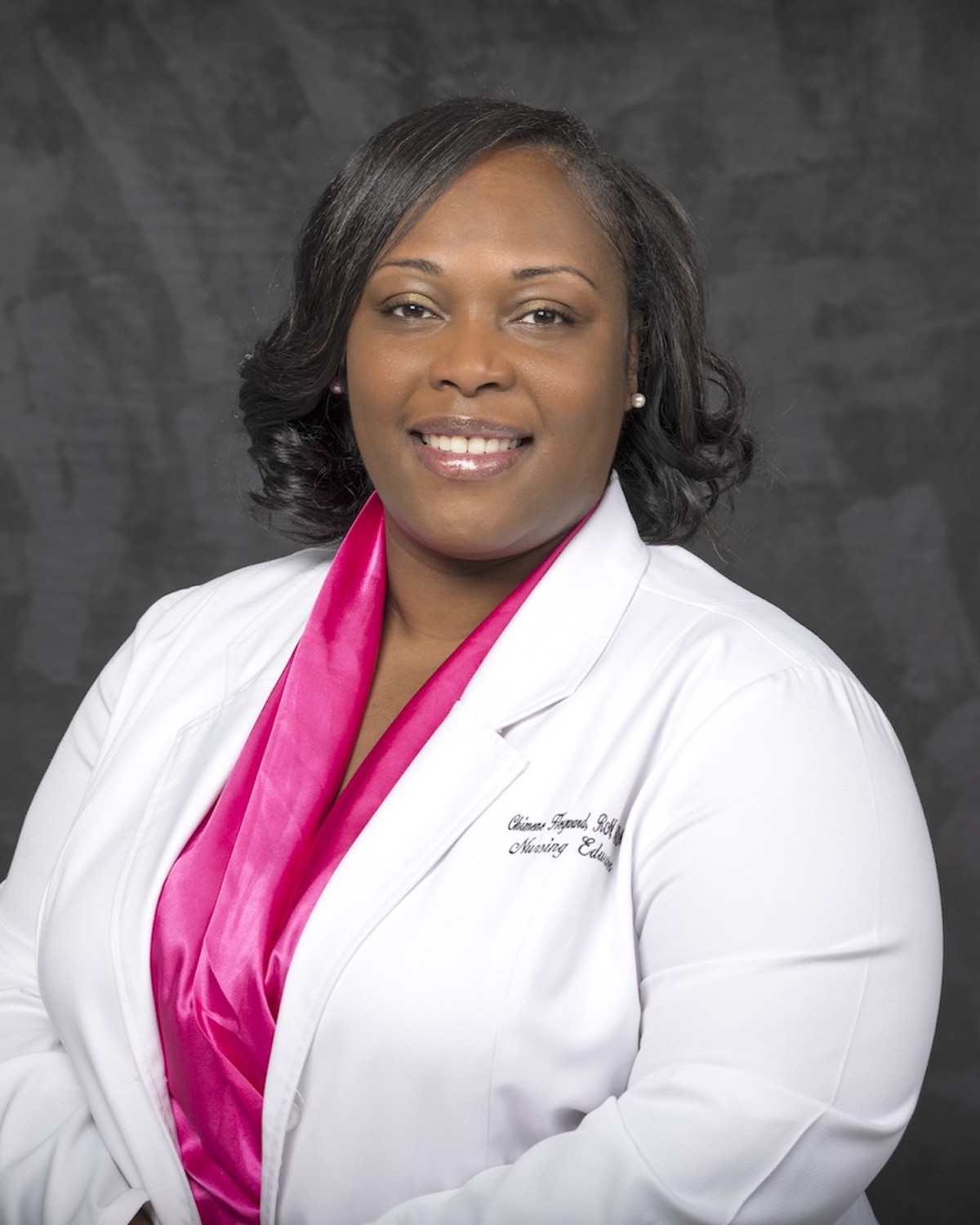
You’re going about your day, when all of a sudden, you feel a throbbing or pounding pain in your head. Great, you’ve got a headache. But you may wonder what type of headache you’re experiencing. Is it a migraine? Is it a tension headache? And will something like ibuprofen or acetaminophen help with your pain?
Behind your eye, on one side of your face or as a band around your head—headaches are no fun. There are more than 150 headache categories, according to the International Headache Society. But you can typically determine which kind by the different headache locations, which can help you determine what may have caused your headache and what kind of treatments may offer relief.
Headache specialist Emad Estemalik, MD, Center for Neuro-Restoration, Cleveland Clinic Main Campus, explains the most common types of headaches, the headache location meaning and how they’re typically treated.
Types of headaches and location
Depending on where you feel pain, the headache location usually determines what kind of headache you have:
- Tension headache: Both sides of your head or a band around your head.
- Migraine headache or hormonal headache: One side of your head.
- Cluster headache: One side of your head, specifically in or around your eye.
- New daily persistent headache: Both sides of your head.
- Hormonal headache: One side of your head.
- Sinus headache: Entire face but also behind your eyes, cheekbones, forehead and bridge of your nose.
- Dehydration headache: All over your head or in one spot like your back, front or side.
Tension headache: Both sides of your head or a band around your head. Temporary stress, anxiety, fatigue, lack of sleep or anger typically cause tension headaches— and they’re the most common type of headache.
“With a tension headache (also known as a stress headache), you will typically feel mild to moderate pain that is non-throbbing on both sides of your head,” says Dr. Estemalik. “It typically starts in your forehead, temples or the back of your head and neck. And it can feel like a tight band tightening around your head.”
Tension headaches usually don’t get worse with routine activities, like bending over, walking upstairs, or lying down. And they can last anywhere from 30 minutes to several days. Most often, you can take over-the-counter medications like acetaminophen or ibuprofen to alleviate any pain.
Migraine headache: One side of your head. The second most common type of headaches, migraines are caused by changes in your brain’s chemical and blood vessel activity. Different factors can trigger a migraine, like weather changes, hormones, and certain foods.
“The pain associated with a migraine may be moderate to severe, with pounding and throbbing often on one side of your head,” notes Dr. Estemalik. “You may also experience nausea, vomiting, neck pain and sensitivity to lights, noises and sounds.”
A migraine headache can last anywhere from four hours to three days. For those who experience mild migraines, over-the-counter medication may help. Other treatment options may include prescription medication, vitamin therapy, relaxation training, biofeedback, acupuncture, and Botox® injections.
Cluster headache: One side of your head, specifically in or around your eye. Cluster headaches, believed to be caused by a chemical reaction in your brain, come with severe pain that includes intense burning, piercing, or throbbing behind one eye. You may also experience teary or droopy eyes and a runny nose.
“You may feel like you can’t sit still during a cluster headache and may often find yourself pacing,” says Dr. Estemalik.
Cluster headaches typically occur one to three times a day during a “cluster period,” which may last two weeks to three months. They’re typically treated with prescription medication and oxygen.
New daily persistent headaches: Both sides of your head. The cause of new daily persistent headaches (NDPH) is unknown but it may be due to an underlying inflammatory process.
“This type of headache starts suddenly with constant mild to moderate pain that’s felt on both sides of your head,” explains Dr. Estemalik. “If it becomes severe, it may feel like a migraine. And the pain can last for weeks or even months.”
New daily persistent headaches don’t respond to most medications, so it’s important to rule out any secondary causes like infection, brain tumors or vascular issues. For example, NDPH may happen to people who have had COVID-19 and is typically referred to as a COVID headache. A combination of medical and behavioral management may help those who have NDPH.
Hormonal headache: One side of your head. Also known as menstrual migraines, hormonal headaches typically start before or during your period and can be caused by changes in estrogen levels.
“Like a traditional migraine, a pulsing or throbbing pain is typically felt on one side of your head and symptoms like dizziness, nausea and blurred vision can become worse with movement, light, smells or sounds,” Dr. Estemalik explains.
Nonsteroidal anti-inflammatory medications (NSAIDs) can help with pain and symptoms and should be started two to three days before your period starts. It’s important to keep taking NSAIDs throughout your menstrual cycle. Other prescription medications like triptans may offer relief.
If you’re pregnant, you may also experience a pregnancy headache, which can be caused by hormones, an increase in blood volume and other triggers like lack of sleep and stress.
And while it feels like a migraine, your treatment options are different, as most medications aren’t recommended during pregnancy. Options like cognitive behavioral therapy, biofeedback and physical therapy can provide relief. On a positive note, most people see an improvement in how many pregnancy headaches they experience the further they get into their pregnancy.
Sinus headache: Entire face. If you have a sinus infection, a cold or allergies, you may experience a sinus headache thanks to mucus buildup. It’s also very commonly mistaken for those who have a migraine with nasal symptoms.
“You may feel like your entire face hurts, with a dull ache behind your eyes, cheekbones, forehead or bridge of your nose,” says Dr. Estemalik. “You may also have a stuffy nose, fever or thick, discolored mucus discharge.”
With a sinus headache, it’s key to treat the underlying cause. If your sinus headache is a result of a bacterial or fungal sinus infection, you’ll need antibiotics or antifungal medication. Antihistamines may help with a sinus headache caused by allergies. And if you have a common cold, decongestants may help reduce swelling in your sinuses.
Dehydration headache: All over your head or in one spot. Haven’t been drinking enough water? You may get a dehydration headache, which happens when you don’t get enough fluids into your body.
“The pain from a dehydration headache can vary from mild to severe and is typically felt all over your head but can also be felt in one spot like your back, front or side,” notes Dr. Estemalik. “And the pain can be dull or sharp and may become worse from movement.”
Other symptoms may include dizziness and confusion, a dry mouth and muscle cramps. You can typically manage a dehydration headache at home by drinking fluids like water or electrolyte drinks in small sips, resting and applying a cold compress on your head. Over-the-counter NSAIDs can also help.
When to see a doctor
Headaches can be a pain, literally. It’s important to figure out the location, types of headaches you may have and what treatment options work best for you. If you have headaches often and they’re interfering with your daily life, see a healthcare provider.
And there are certain situations where it’s vital you seek medical care immediately, especially if you have:
- A stiff neck
- A sudden headache that becomes severe quickly
- A fever that doesn’t go away
- A concussion
- Confusion, weakness, or slurred speech
“While most headaches aren’t dangerous, your healthcare provider can help you determine what kind of headaches you’re experiencing and provide guidance on lifestyle changes, how to avoid triggers and what medication may help,” says Dr. Estemalik.
Source: https://health.clevelandclinic.org/why-you-get-headaches-and-where








